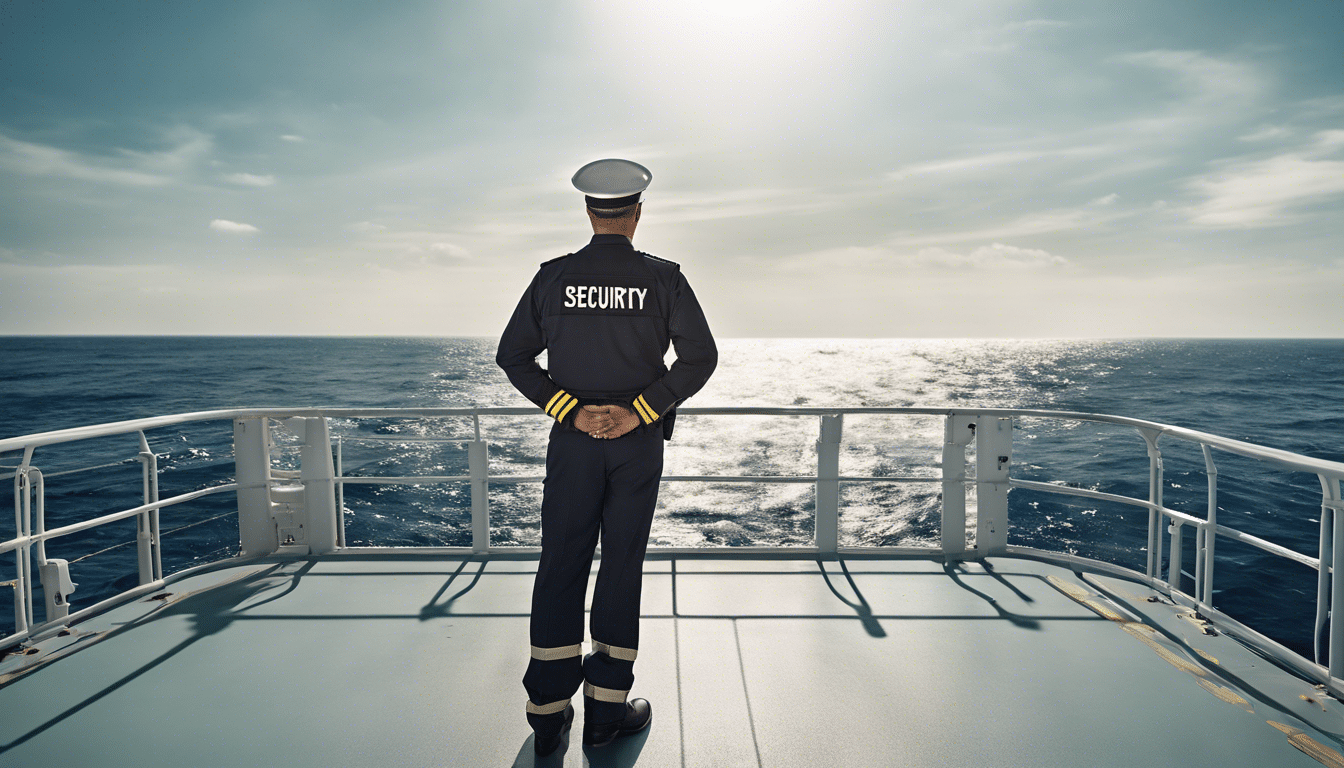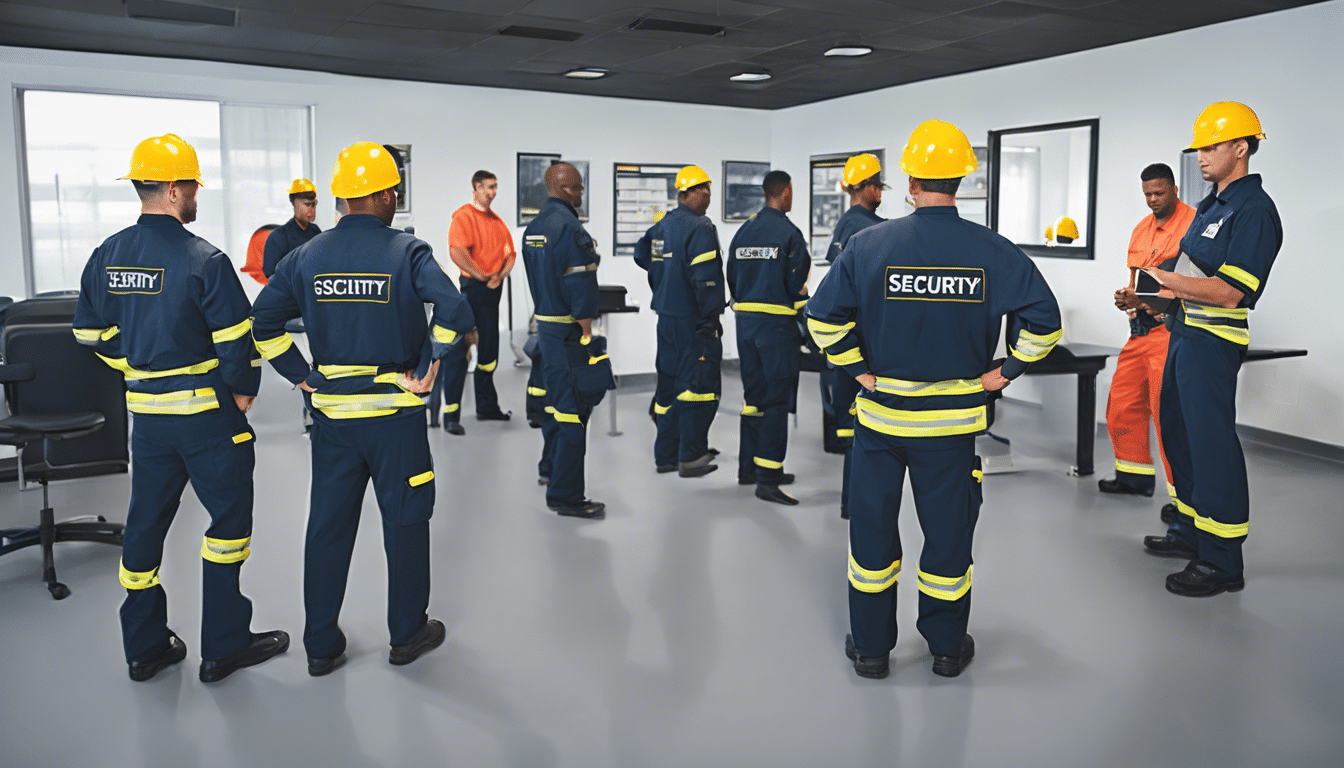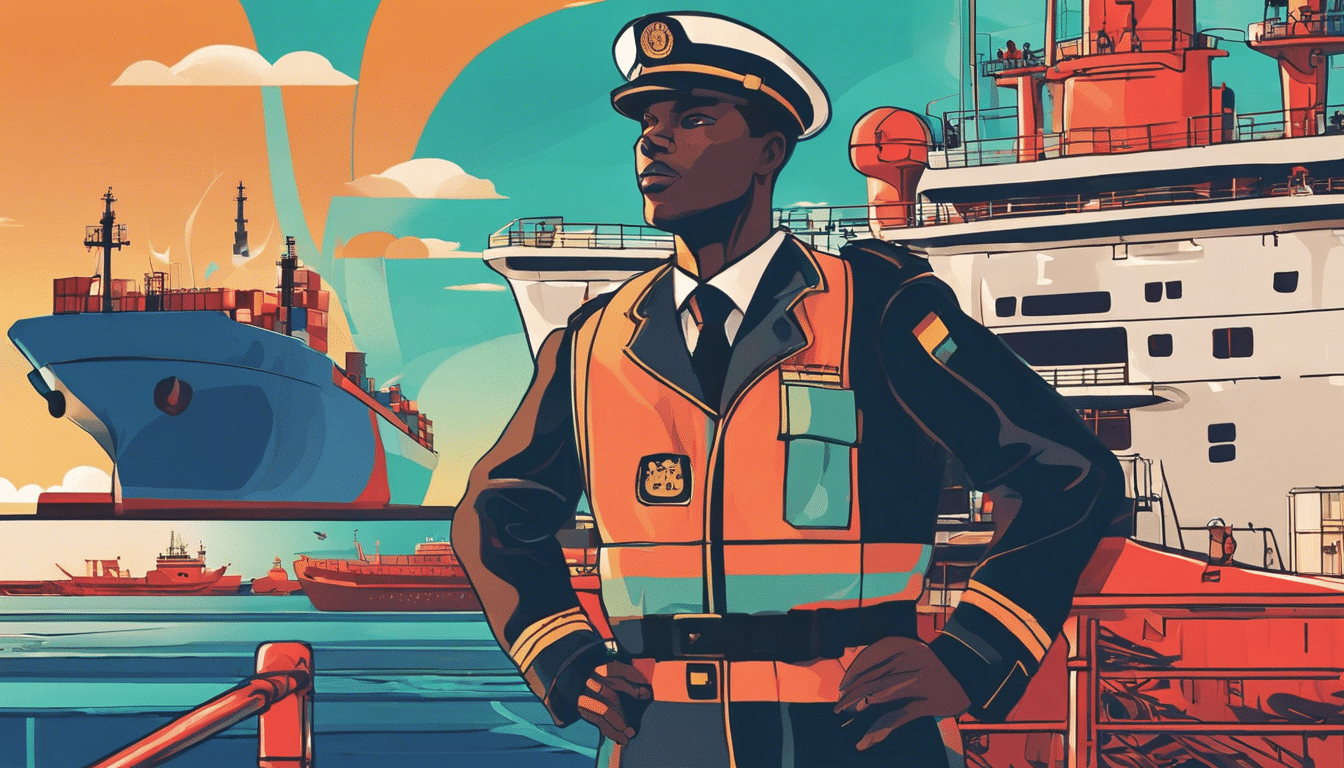In today’s increasingly digital world, the importance of security awareness cannot be overstated. Employers and employees alike are facing a growing number of cyber threats, making proficiency in security awareness a crucial component of any organization’s defense strategy. This article explores the
Proficiency in Security Awareness Online Course: Who Should Take It and Why? Here, you will understand the significance of security awareness training, identify the target audience for the course, delve into the benefits of completing it, and learn how to implement the knowledge gained for better security practices.
Learn More About Our Courses Here!
Key Takeaways
- Security awareness training is crucial in today’s digital landscape to prevent cyber threats.
- The course is ideal for employees, managers, and IT professionals who want to enhance their security knowledge.
- Completing the course empowers individuals with skills to recognize and respond to security risks effectively.
- Participants can expect to improve their organization’s overall security posture after implementing what they’ve learned.
- Knowledge gained from the course can lead to a culture of security mindfulness within the workplace.
Understanding Security Awareness Training
In today’s rapidly evolving digital landscape, having a solid understanding of cybersecurity is paramount for anyone who uses the internet, particularly in a corporate environment. This is where proficiency in a Security Awareness Online Course becomes essential. But who should take it and why? Firstly, employees across all levels within an organization need to participate, as they are often the first line of defense against cyber threats. The course addresses the fundamentals of security, helping individuals identify phishing attempts, understand the significance of strong passwords, and recognize the importance of protecting sensitive data. Furthermore, management teams can also benefit from this training, as it equips them with the knowledge to foster a culture of security awareness within their organizations. Ultimately, reinforcing security protocols through comprehensive training not only mitigates risks but also empowers employees to confidently navigate the digital world, making proficiency in a Security Awareness Online Course an indispensable asset in today’s workforce.
Target Audience for the Course
The Proficiency in Security Awareness Online Course is designed for a wide-ranging audience, making it an essential educational resource for various professionals across multiple industries. Primarily, the course targets employees in the maritime sector, including ship crews, port authorities, and logistics personnel, as they must navigate the unique security challenges posed by global trade and the inherent risks associated with maritime operations. Additionally, managers and decision-makers in maritime organizations can greatly benefit from the course, as it equips them with the knowledge needed to implement effective security protocols within their teams. Furthermore, individuals seeking to enhance their skill set for roles in maritime security and risk management will find value in the comprehensive curriculum that addresses current threats and promotes a culture of vigilance. In an age where maritime security breaches can have devastating consequences, understanding why and how to foster security awareness at all levels is vital for not only personal career development but also for safeguarding the assets and reputation of their organizations.
‘An investment in knowledge always pays the best interest.’ – Benjamin Franklin
Learn More About Our Courses Here!
Benefits of Completing the Course
Completing the Proficiency in Security Awareness Online Course offers numerous benefits that can significantly enhance both personal and professional growth in maritime contexts. This course is designed for a wide range of individuals including maritime security personnel, shipboard crew members, and port operators. With maritime threats evolving, having a robust understanding of security measures is crucial. By participating in this course, learners will gain essential knowledge about identifying potential security risks, implementing effective response strategies, and ultimately fostering a culture of safety within their organizations. Additionally, the course provides valuable insights into international regulations and best practices, making it an indispensable resource for anyone involved in the maritime industry. Whether you are an aspiring maritime professional or a seasoned worker aiming to stay updated, the Proficiency in Security Awareness Online Course is tailored to equip you with the skills necessary to navigate today’s security challenges.
Implementing Knowledge from the Course
Implementing knowledge from the Proficiency in Security Awareness Online Course is crucial for a variety of professional roles, particularly in an era where digital threats are increasingly sophisticated. This course is designed for individuals working in industries that handle sensitive information, including IT professionals, business managers, and compliance officers. Essential for anyone with a stake in data protection, it equips participants with vital skills to identify and mitigate potential security threats. Participants will learn about phishing, malware, and other cyber risks, making it a valuable tool not only for enhancing personal knowledge but also for fostering a security-conscious culture within organizations. With the rise of remote work and digital transactions, understanding the principles taught in this course can empower employees at all levels to act as the first line of defense against cyber threats, thereby ensuring a safer digital environment for everyone.
À Propos de Nous
Virtual Maritime Academy is a leading provider of online maritime education and training, offering a wide range of courses designed to meet the needs of the global maritime industry. With a commitment to quality and innovation, Virtual Maritime Academy is dedicated to preparing seafarers and maritime professionals for success in their careers. Now a DNV Certified Maritime Training Provider, the academy upholds the highest standards of excellence in training and education.













